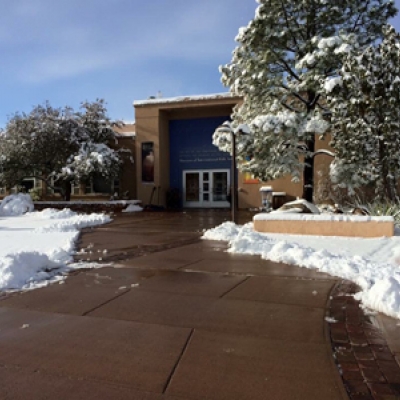Opening events include live music by Barautanga and a reception hosted by the Women’s Board of the Museum of New Mexico Foundation.
Meet artist Qarla Quispe of Warmichic, Peru, enjoy music workshops with Baracutanga at 1 and 3 PM, and a performance at 2PM plus a reception hosted by the Women’s Board of the Museum of New Mexico Foundation.
This exhibition explores the new directions taken by current Peruvian folk artists during the recent decades of social and political upheaval and economic change. The exhibition will highlight the biographies and social histories of contemporary artists along with examples of work that preserve family tradition, reimagine older artforms, reclaim pre-Columbian techniques and styles, and forge new directions for arte popular in the 21st century.
The past forty years have been a time of tremendous change in the Andes, beginning with the Agrarian Reform of 1969 that broke up the large haciendas; a twenty-year internal armed conflict with the Shining Path that engulfed the 1980’s and 1990’s and claimed nearly 70,000 lives; economic swings, rapid development, the recent large investment in preserving archaeological heritage and the current booming tourism industry.
All of these forces have all shaped the lives of artists and informed the art they create. Crafting Memory visits a series of contemporary folk artists in Peru and places their work within this larger framework of Peruvian history and social change. The exhibition will explore the many routes through which craft and folk arts are learned and practiced, including multigenerational crafting families, self-taught artisans, and others who came to folk arts as a means of economic survival during the time of violence. The show includes a third generation silversmith reviving the art of tupus or shawl stick pins that were worn during the Inca Empire; the art of war orphans from the 1980’s who were trained in traditional arts to give hope in dark times; and a collective of young artists in Lima using the medium of silk screening to promote conversations between rural highland and jungle communities with their counterpart migrant neighborhoods in the city, celebrating their shared arts, culture, and customs and emphasizing the value of the handmade, and the ideas, values, and aesthetics that arise from Cultura Popular - common people and everyday
More Info



